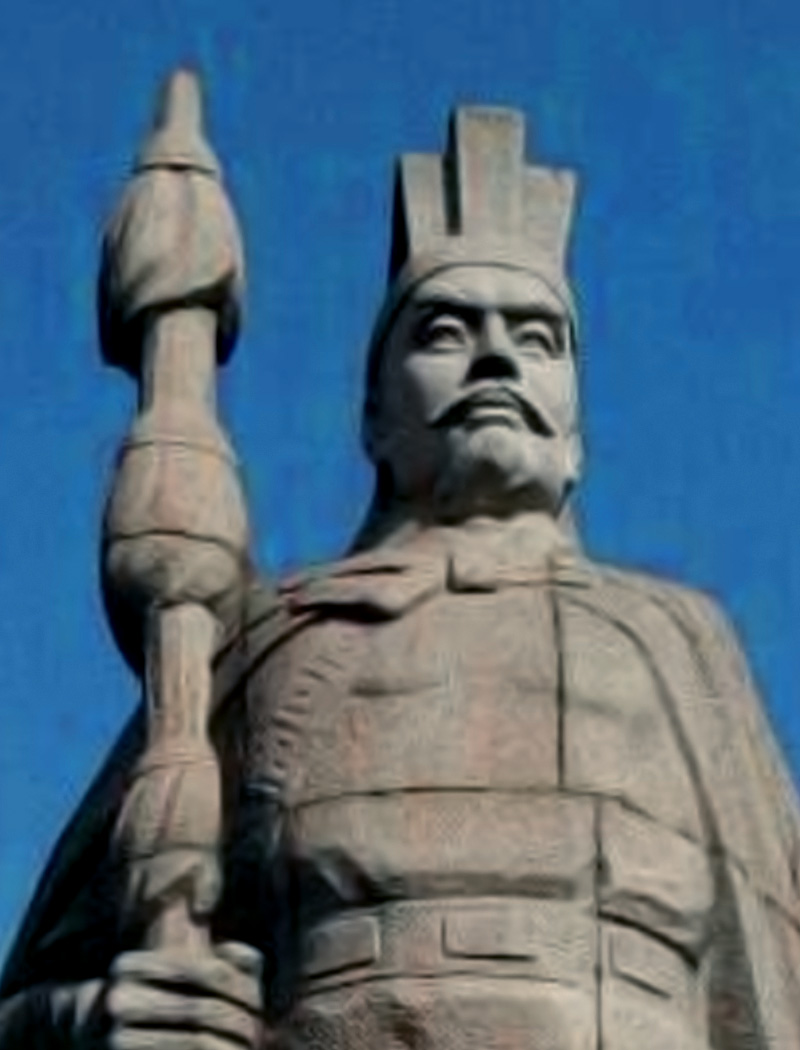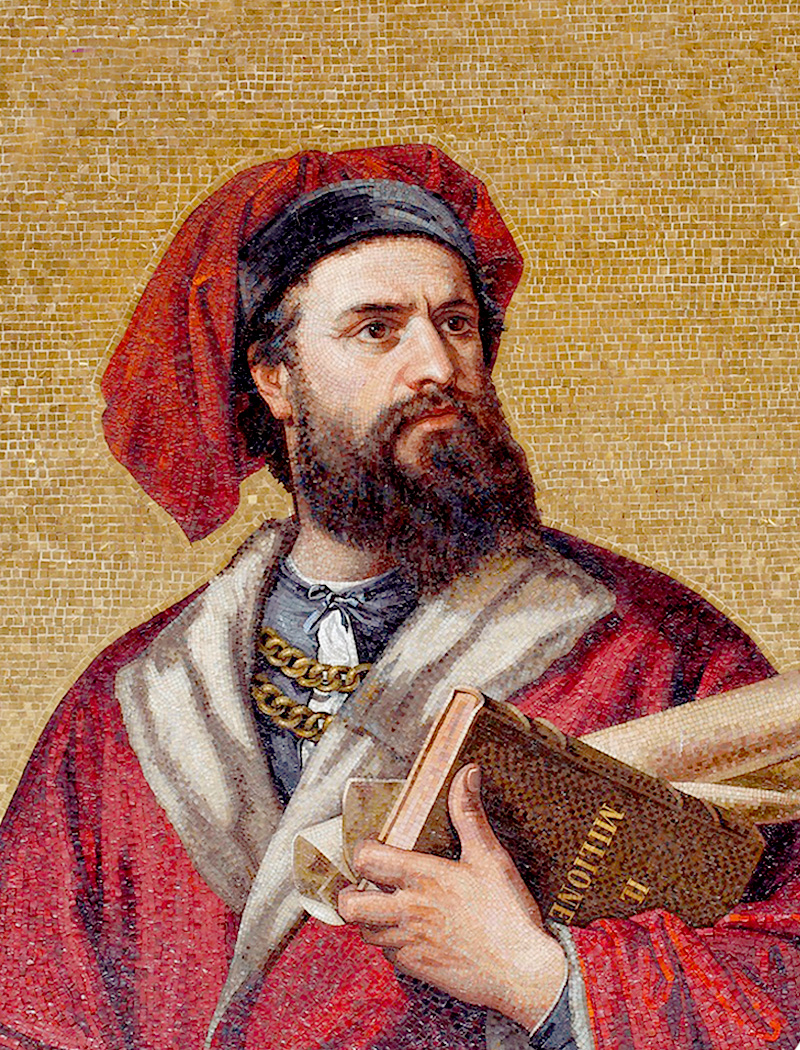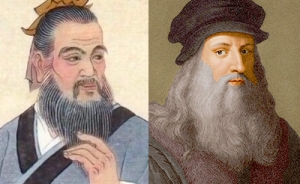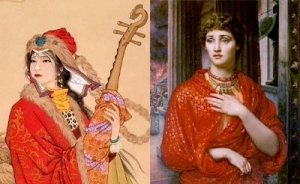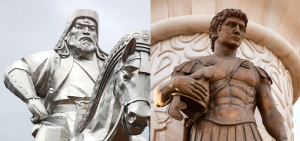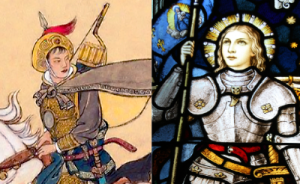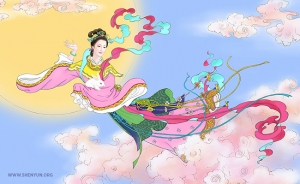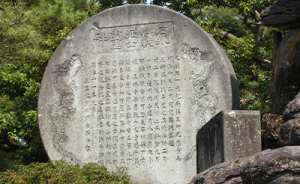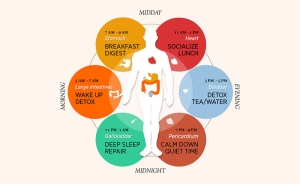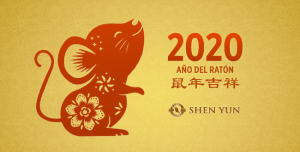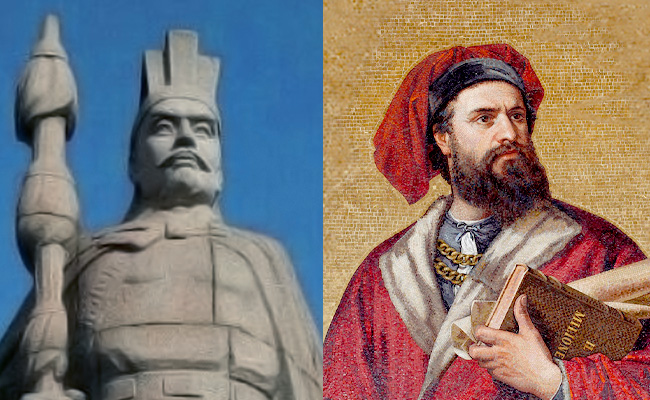
Famous Parallel Figures 10/10: Marco Polo and Zhang Qian
In this series we look at historical figures from China’s past who have intriguing Western parallels.
In 138 B.C.E., an official named Zhang Qian traveled beyond China’s western borders on a diplomatic mission. Yet one delay after another prolonged his journey to 25 years. During this time, he visited many kingdoms unknown to the Chinese and gathered detailed, valuable, and eye-opening information. Zhang Qian’s reports marked a watershed in interaction beyond China’s western borders. His travels are well documented in the historical chronicle Records of the Grand Historian.
Fast-forward to the year 1271 C.E., and a young Venetian named Marco Polo set off with his merchant father and uncle for the East. During the next 24 years, they explored all along the Silk Road, and throughout China and Southeast Asia. After their return, Marco wrote The Travels of Marco Polo, which introduced the fascinations of the East to Europeans—kindling countless imaginations.
Zhang Qian
An official and diplomat of the Han Dynasty, Zhang Qian (164-113 B.C.E.) was sent by the emperor to make an alliance treaty with a neighboring nomadic tribe, the Yuezhi. Passing through unfriendly territory en-route, Zhang was taken prisoner. And imprisoned he remained for over a decade.
Not one to be deterred, he managed eventually to escape and arrive at his destination. Once there, Zhang discovered the Yuezhi people weren’t much interested in an alliance. Yet that wasn’t all he discovered. He was surprised to see that the Yuezhi were quite agriculturally developed, growing a number of crops unknown to the Chinese, as well as rearing magnificent horses.
From there, Zhang ventured all around Central Asia, recording his findings and observations, before heading back to the Han capital—along a different, hopefully safer, route.
He was captured again.
Fortunately, this time it took only two years before a perfect escape opportunity presented itself. After finally making it home, Zhang briefed the Han emperor on the many civilized and populous kingdoms and states, their culture, lifestyles, geography, and everything of interest that he saw there.
According to Records of the Grand Historian:
“The emperor learned of the Dayuan, Daxia, Anxi, and the others, all great states rich in unusual products whose people cultivated the land and made their living in much the same way as the Chinese.”
Of notable interest were the “blood-sweating” Ferghana horses, elephant-mounted warriors, skilled archers, alfalfa for fodder, single-humped camels, and grape wine.
Zhang was the first known person to bring accurate and detailed information about Central Asia and its peoples to the Chinese. His explorations led to the expansion of the Silk Road throughout Central Asia, and brought about many more missions.
Marco Polo
Throughout the following centuries, the Silk Road had its ups and downs. After the fall of the Tang Dynasty in the 10th century, it became quite dangerous and trade drastically dropped. It wasn’t until the 13th century Pax Mongolica that the Road really came alive again—a perfect time for our parallel figure to arrive on the scene.
Marco Polo was born in 1254 to a Venetian merchant family. As a teenager, he set off with his father and uncle on a business trip to the East. However, the trio became involved in more than their mercantile endeavors, and it was 24 years until they set foot in Europe again.
After setting off from Venice, the Polos passed through modern-day Israel, Turkey, Iraq, Iran, Afghanistan, and Tajikistan; they crossed the Taklamakan and the Gobi deserts. Once they made it to the Yuan Dynasty capital, they were welcomed by Kublai Khan (Genghis’ grandson). The Khan, who had previously met the father and uncle, now met the youngest Polo and made him his emissary. This initial trust led to a long-term appointment that allowed Marco Polo to explore China and Southeast Asia for 17 years on a VIP passport, seeing places and things that no Westerner had seen before.
His experience sounds much nicer than the decade-plus Zhang Qian spent as a captive. However, Marco Polo was so favored by the Khan that years later, when he wanted to return home, his entreaties were denied again and again.
Eventually, Marco was allowed home. Yet when he returned in 1295, he found Venice at war. Marco became commander of a galley, but soon found himself, like his Chinese parallel, sitting in a prison.
It wasn’t time wasted, though. Jail was where Polo (along with a writer cellmate) drafted the manuscript of his epic travelogue.
The Travels of Marco Polo describes Asian geography and cultural customs. Polo speaks of porcelain and gunpowder, “stones that burn like logs” (coal), a grand capital with “the greatest palace that ever was” and a dining hall that could seat 6,000, paper currency and the imperial postal service, vast canal systems, prodigious iron and salt production, paperback books and silk clothing, as well as elephants, alligators, and monkeys. Still, in the end, Marco Polo asserts: “I have only told the half of what I saw.”
Travels gave Europeans their first comprehensive look into China and other countries of Asia. The book became incredibly popular, and was considered one of the most valuable accounts of the outside world at the time. It is said that, over a century later, a man by the name of Christopher Columbus carried a copy on his own voyages.
So here are two men—one who went from East to West and one from West to East—who embarked on perilous journeys that each took two and a half decades, and brought back to their nations intriguing knowledge about the fascinating worlds they saw. One thousand years apart, Zhang Qian and Marco Polo in a way crossed paths, enlightening and inspiring in their roles as emissaries of cross-cultural discovery.
This is the tenth and final installation in our parallel character series. Did you have a favorite? A pair you think we should have included? Let us know in the comments below. Oh, and stand-by for a bonus next week.

Betty Wang
Contributing writer


